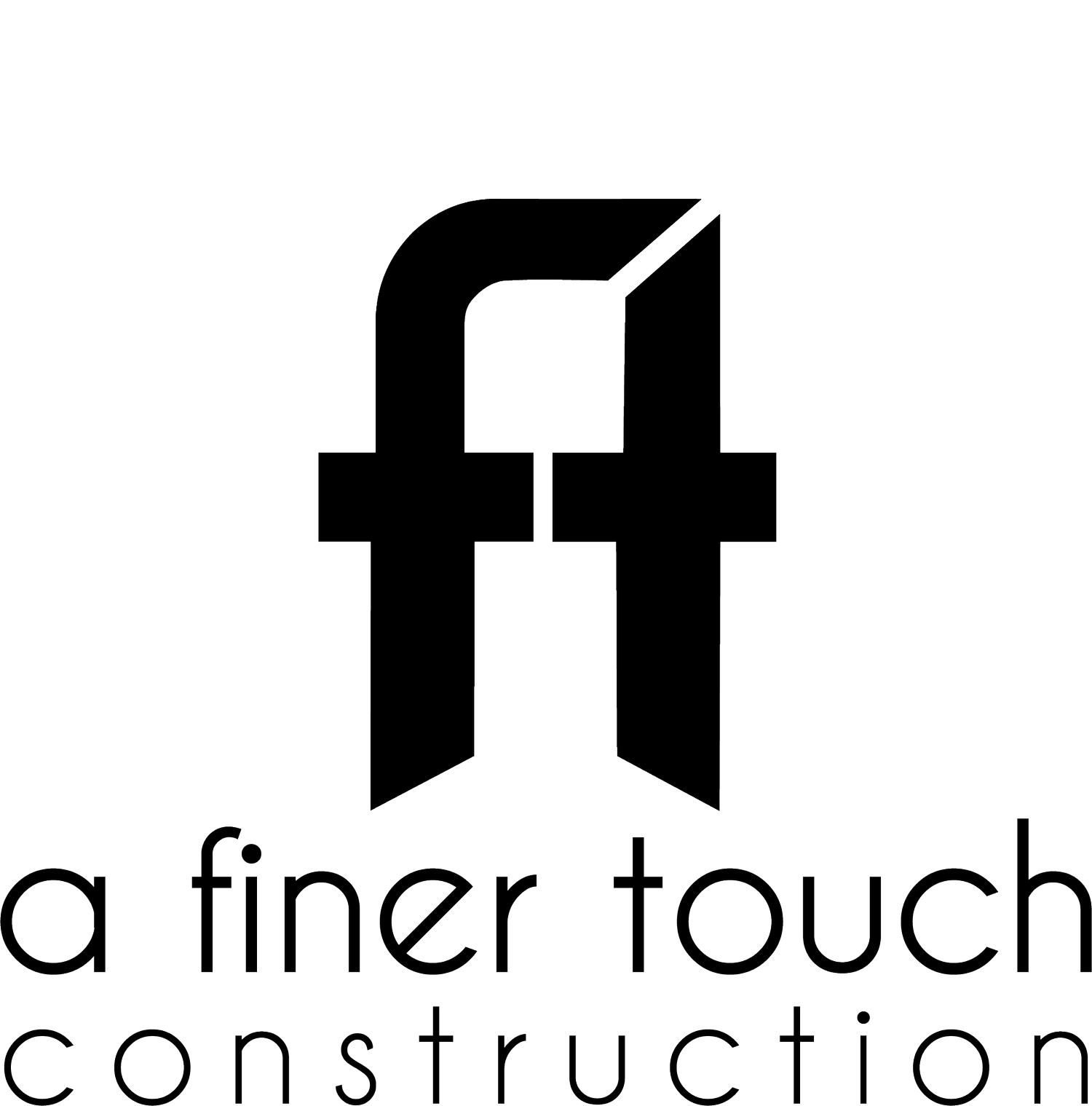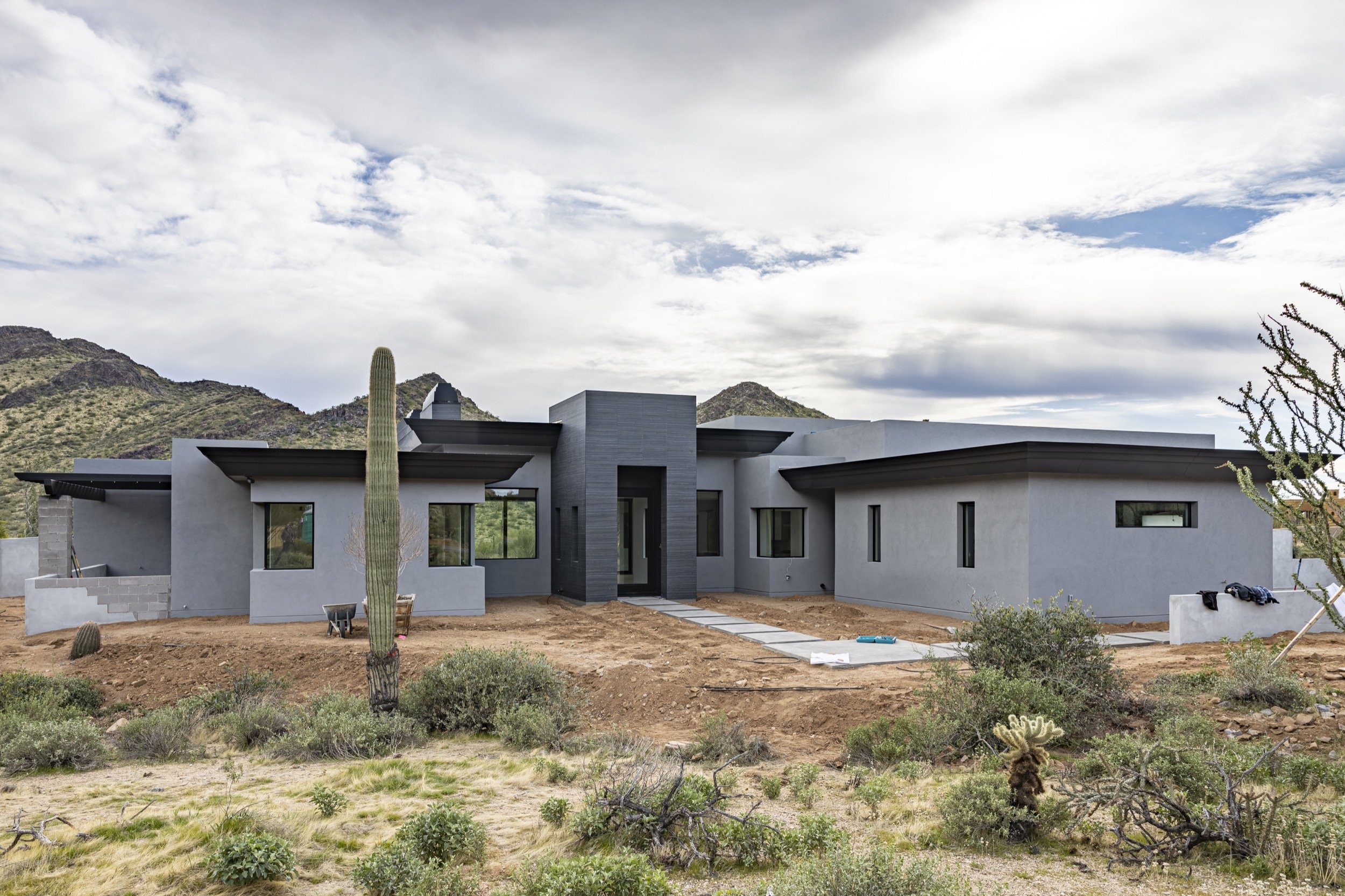Importance of Understanding Setbacks, Easements, and Other Building Restrictions
How Early Due Diligence Can Save You From Costly Mistakes
A while back, we posted a blog entry that discussed some considerations when choosing a lot to build a custom home. One of the factors included as a consideration was to understand zoning laws and building restrictions that will be applicable to the lot. When purchasing a lot, it is very important that proper due diligence is not only done during the architectural and design phase of the project, but also should be done during the inspection period while in escrow. A little investigation early on can save future headaches and costly mistakes.
Municipalities, homeowners’ associations, and any other jurisdiction authority place and enforce different restrictions on what can be built on a parcel. While these can come in various forms, the two most common restrictions are setbacks and easements. From there, municipalities may have additional restrictions that are more specific such as open space requirements. For example, the City of Scottsdale has regulations relating to natural area open space (NAOS). We will discuss each of these in more detail below.
Setbacks
A setback is a building restriction imposed on a property owner that sets forth the minimum distance from a property line, curb, center of the street, body of water, or structure in which building is prohibited. For example, if your parcel has 30-foot setbacks on all sides, your custom home cannot be built any closer than 30 feet from any of those setback points. Setbacks can serve many important purposes including controlling density and how close homes can be to each other, preventing one home from blocking the view of another, allowing for the installation of sidewalks and utilities, and also providing green space. It is important to remember that setbacks are often not the same on each side of the property. For instance, the setback at the front of the parcel may be 30 feet, but the setbacks on the side may be 20 feet. While the property line is often used as the reference point for a setback distance, it is important to understand where this point is for the specific parcel of land, as it could be the curb or street for the front setback and the property line for the side and back setbacks. Setbacks can also vary on height and distance for secondary property structures that differ from the primary residence.
Additionally, if the parcel of land is located within a homeowners’ association or other planned community development, there may be greater setback requirements than those imposed by the municipality. These additional restrictions generally come in the form of a deed restriction that runs with the land, meaning that the restrictions transfer to the new owner whenever the property is sold. These deed restrictions should be included in the title report when purchasing the land.
Here at AFT Construction, we recently had an instance where the setbacks set forth by the municipality was 30 feet on sides, but when the community was developed a deed restriction was instituted that required 40-foot setbacks on the side. Understanding and planning for these additional setback requirements during the design phase can prevent costly mistakes if they are not discovered until construction has commenced.
Easements
A second type of building restriction comes in the form of easements. An easement is a legal right to use someone else’s land for a specific purpose. The holder of the easement has a nonpossessory interest in the land meaning they do not actually own or possess the portion of the land the easement covers, but instead they are given a right to use the land or are granted access across the property for a specific purpose. Easements are generally created by a written recorded document and generally run with the land. One of the most common types of easements is a utility easement. Utility easements grant the utility company the right to use or access a portion of a parcel to maintain their lines and equipment. For example, the electric company may be granted an easement to bury power lines across your property to not only serve your home, but also others in the neighborhood. The power company then has the right to access this portion of your property to both bury the lines and also maintain the lines as necessary. This is the same with cable and telephone companies. Like setbacks, you are not able to build over an easement, which means easements restrict the area where you can build. Therefore, it is crucial that you and your design team understand where any easements are located on your property to avoid building over an easement.
Natural Area Open Space
While setbacks and easements are common no matter where your construction project is located, there are instances where there may be additional building restrictions that are specific to the municipality wherein the property is located. Many of our custom home builds here at AFT Construction have been located in the City of Scottsdale, with most of those builds being subject to what Scottsdale calls “natural area open space” (abbreviated as NAOS).
NAOS is an easement that restricts what can be done and built on a piece of land by designating a portion of the parcel as natural open space that must be preserved in its natural desert state. Not only can you not build on designated NAOS space, but you are not allowed to remove any natural vegetation from NAOS, and maintenance is restricted to the removal of man-made debris and dead branches or vegetation. Like setbacks and other easements, NAOS restrictions run with the land and should show up on a title report. Because NAOS cannot be built upon or disturbed, it is imperative to understand and know where this area is located on the property.
While NAOS may be specific to a city like Scottsdale, Arizona, it is just one example of special building restrictions imposed by a municipality and why it is imperative that you and your design team investigate all potential restrictions early in the process and preferably during the inspection period when purchasing the land.
Conclusion
Hopefully we have highlighted why it important to fully understand all the building restrictions that affect a property. While many of these building restrictions should show up in the title report when buying the land, conducting a survey is also an important tool in determining the building envelope for a particular parcel. Taking full advantage of the inspection and due diligence period during escrow can not only help prevent a costly mistake down the road, but understanding the building envelope can also help the decision as to whether to close the purchase of the property.

